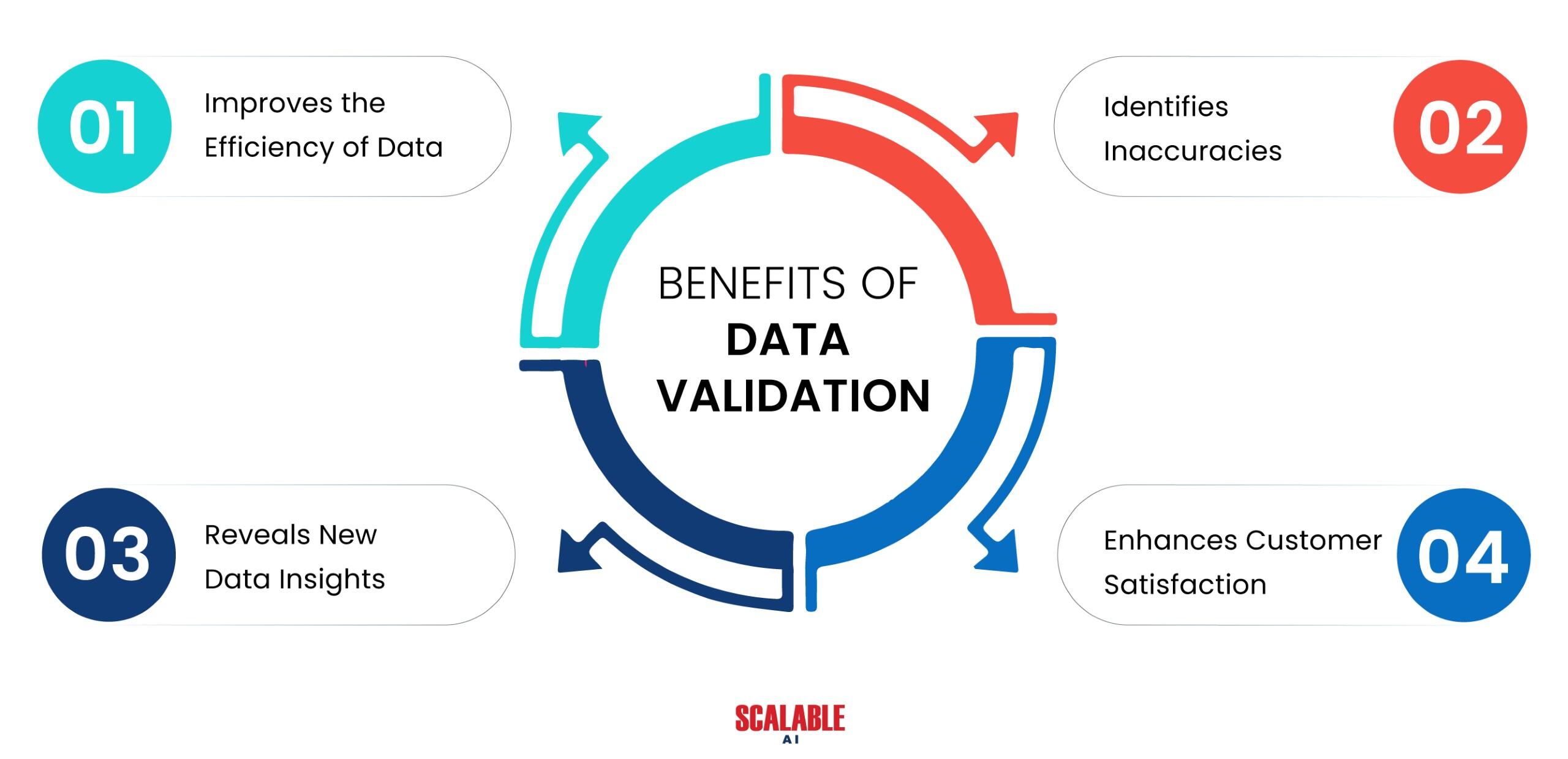Businesses of all kinds are experiencing a huge data explosion. Despite executives acknowledging data quality as one of a company’s most valuable assets, they frequently disregard it.
When companies encounter toxic data, it acts as a silent murderer, frequently leading to silent aftereffects. A few possible negative effects include declining revenue, subpar customer service, an inability to innovate and retain customers, and inadequate reactions to customer expectations.
Today’s harsh reality features intense global rivalry, aggressive price reductions, and challenging market conditions. A business that possesses a competitive advantage will endure market downturns. Thus every business relies on data.
The Dark Side of Data
When businesses do not view information as an asset that can provide quantifiable value for expansion and profit, data quality issues arise. Data becomes polluted when it is not verified, cleaned, validated, measured, or just neglected.
Outdated systems can create duplicate copies, leading to “multiplicity syndrome,” which causes inaccuracy and confusion of data throughout the entire system. In organizations that have a low number of data entry points and use data irregularly, the multiplicity syndrome might not apply. However, even in those situations, data remains dynamic. Enforcing data quality standards becomes extremely challenging when external programs like ERP or CRM are operational.

The Root Causes of Data Toxicity
Bad Data Entry Practices Without Sufficient Quality Assurance and Validation
Legacy systems created years ago often lack sufficient validation and checks to stop anomalies and errors in data entry. Additionally, data input operators frequently discover simpler techniques to override validation issues when they arise.
A data input operator can simply overcome the validation. For instance, if a telephone number entry includes a validation that the telephone number should have a xx format, a data input operator can enter 111-11-1111, which is meaningless.
Inconsistent business guidelines
When company requirements are not clearly stated, speculation occurs. Faulty processes, erroneous reporting, and wrong data modeling occur when speculation spirals, usually in a downward direction.
Misunderstood Business Rules
Business users who engage in sporadic data entry tasks often understand some business principles well, but not all of them. In this case, they might enter the information they believe to be accurate. If they leave this unattended, it causes data inconsistencies and might even contribute to toxic data.
Poor Data Capture
Seldom do we take the time to collect data requirements from downstream sources, such the marketing department, while defining system requirements. For instance, if we develop a system for a financial institution’s lending division, the users of that division will probably identify the loan interest rate, monthly payment amount, and initial loan amount as some of the most important data items.
But for users in the marketing department, the borrower’s Zip code, customer age, or gender code are most likely the most crucial data points. Therefore, data items like Gender Code, Customer Age, and Zip Code may not be captured at all or may be captured inadvertently, in a system designed for the lending department. This situation frequently accounts for the large number of data components with missing or default values in operational systems.
Inadequate Data Architecture and Modeling
Data modeling and architecture must be created in a scalable manner to handle the strain of change as data volume increases and new applications are introduced. Inadequate design will result in redundant data being stored across systems, erroneous table correlation, and duplicate entries.
The systems may eventually crash without any notice as the data load grows.
Improper Data Mapping From other ERP and CRM Systems
Data is always moving from one system to another in a complicated business environment. Toxic data begins to circulate throughout the company’s data center’s veins if incorrect data mapping goes unnoticed. These kinds of mistakes are frequently difficult to find because standard validation and field type matching are the main priorities when it comes to data mapping between disparate systems.
Since both are text values, it might work, for instance, if the first name in one ERP system is mapped to the last name in CRM systems. Now, If a customer’s name is consistently misspelled in correspondence from the business, this toxic data has detrimental knock-on effects.
Technical Blunders that Transpire Throughout Data Transfer
The expansion of e-commerce has led to a growing reliance on software applications to automate processes that require databases containing client data. This reliance creates opportunities for software applications to inadvertently and mistakenly perform operations that impact hundreds or even millions of data entries at once.
Errors in Data While Migrating Applications
During the migration process, there is a chance that the application code used to handle data in a specific way may not handle the same data element in the same manner after migration, particularly when developers upgrade applications to other platforms for better performance and user interfaces. Consequently, developers must pay close attention to apps that manage sensitive data.
Errors with Data While Updating and Upgrading Databases
The upgraded database might not have some earlier functions for calculating data values. For instance, some data methods may work properly in Oracle 8 but not in Oracle 10G, potentially causing the application to mishandle the data after migration. If someone uses the application in a production setting without detecting these issues, it will begin to use faulty data, which may become harmful with time.
Low Priority for Data Quality
Many businesses now acknowledge that throughout the previous few decades, while building systems, they did not consider enough data. Delivery dates have been getting shorter, project scopes have been growing, and businesses have been struggling to deploy apps in a way that their industry can approve. Typically, data quality is ultimately what yields quality.
Conclusion
Data Quality is a comprehensive concept encompassing accuracy, completeness, consistency, conformity, and timeliness. It’s about ensuring data is fit for purpose and supports organizational goals. A Kaizen approach, with small daily improvements, is essential in maintaining and enhancing data quality over time.
Read Whitepaper Toxic Data: Hidden Threat to Your Organization’s Performance
